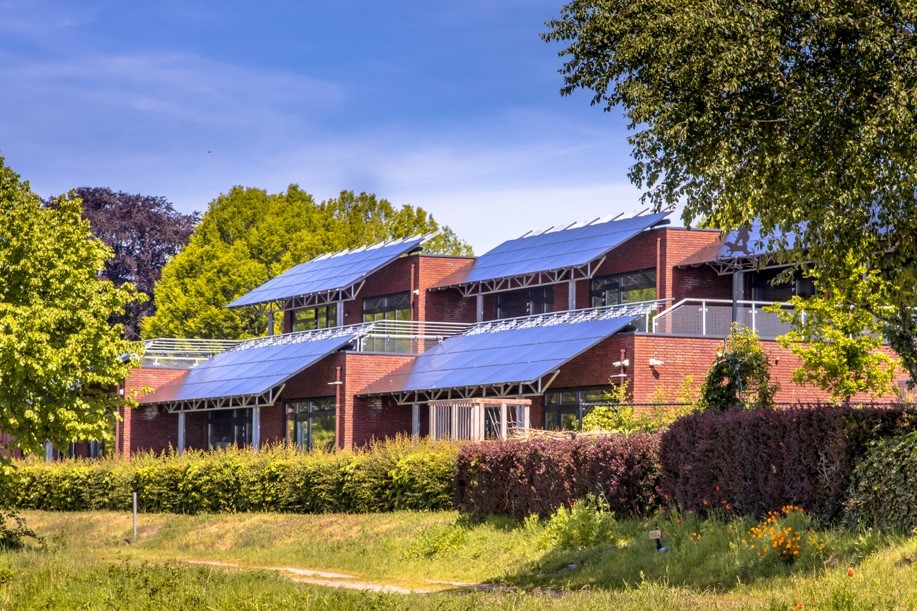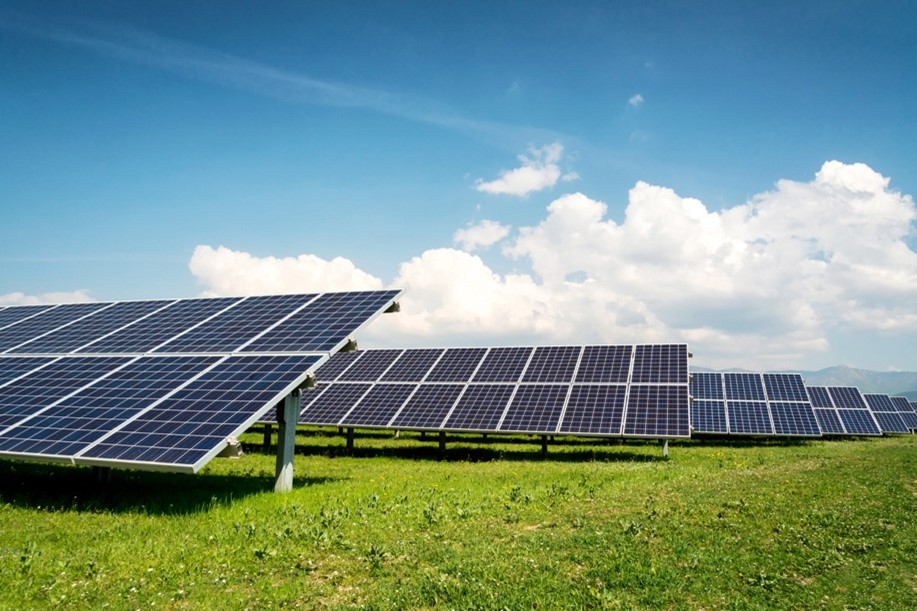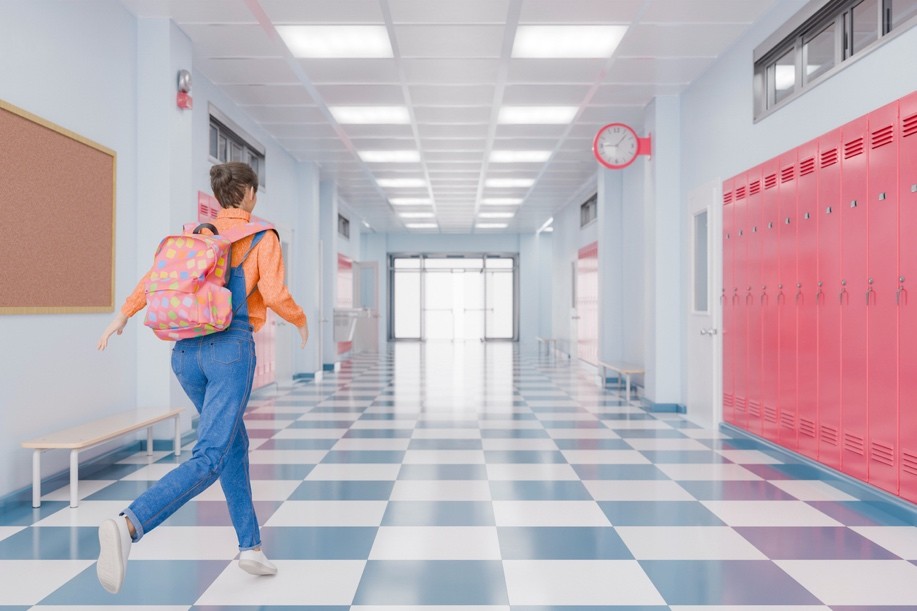Everyone knows the most expensive item in schools is teacher salaries, but what comes in second?
Energy costs.
Nationally, K-12 schools spent more than $6 billion on energy costs last year. According to the National Renewable Energy Laboratory (NREL), schools spend more on energy than they do on supplies and books. There are a number of proven ways to cut energy costs at schools, including building shade structures and implementing daylighting strategies designed to use natural light to illuminate classrooms. However, solar panels lead the pack in taking a bite out of school budgets.
The What
Solar panel projects in schools have become much more accessible: easier to implement, smaller initial costs, and significant budget savings. The cost of solar during the past ten years has fallen dramatically. Installing panels has dropped 40%, opening the door for many schools to choose this option to save money.
One in nine students in the US today attend a school that uses solar energy. A study by Generation180 found that in the last ten years, solar capacity at schools has quadrupled and almost 9,000 schools now have solar panels. The average size of these systems has grown from 134 kW to 202 kW.

The How
The first step is for the school district to sign a power purchase agreement (PPA) when embarking on a solar project. This enables schools to purchase electricity produced by the solar panels for an established period of time, typically between 10 and 20 years, at a discounted rate resulting in immediate cost savings. Some schools are able to make additional money by selling excess electricity to their local utility. The majority of schools use a PPA, while about 12% of schools go the ownership route using loans or bonds, and 8% use grants, private donations, or government funds. Currently, just under 30 states allow for PPAs for solar projects, and the majority of solar projects can be found in these states. (CNET provides an update list of states that allow PPAs.)
Energy storage, whereby a solar project is combined with installing battery storage to store energy produced to be used later, is much less common in schools than in residential homes and buildings.
Assistance in starting a solar project at a school is available through local, state, and national programs. The best place to start is at the state energy office for your state. The National Association of State Energy Officials (NASEO) provides links to energy offices by state. These offices can provide grant programs and technical assistance and also can connect your school to utility and energy services programs. Some states also have organized business partners ready to step in to provide financial and other assistance.

The Why
Schools adopt the solar option to save money, plain and simple. While schools can save money over the long run, the cost of installation of solar panels has also dropped substantially. An average solar project ten years ago cost more than $1 million, whereas today the average cost is less than $300,000. Typically, schools will recoup their solar panel investment in less than 15 years.
While saving schools money is important, the other reason to go the solar route is to reduce reliance on electricity that is generated by burning fossil fuels. Fossil fuels are a significant contributor to climate change and burning fossil fuels also results in poorer air quality and the emission of toxic fumes.
Communities are supportive of providing energy sources from nature for the long-term health of the planet as well as the significant savings in energy bills and operating and maintenance costs. Some school districts have seen community volunteers step in to help lend their expertise to solar panel installations and other ways to improve energy efficiency in schools.
The Who and Where
In West Virginia, the Wayne County School District partnered with a local solar developer to install a 5 MW solar project at 21 sites across the district. The project leaders estimate that they will save $6.5 million in the next 25 years. Wayne country schools are also creating education programs for students to provide them with authentic learning experiences about ways to reduce the impact on the climate and support the local economy.
States vary greatly in the adoption of solar panels. In some states more than 25% of all schools already have solar panel installations in place. Hawaii leads the way, followed closely by Connecticut and Washington D.C. Generation180 provides a database of all the schools in the US that have solar panels. Solar panels are also popular in California, New Jersey, Illinois, Vermont, and Arizona.
In states without power-purchase agreements there are far fewer solar panel implementation. Some states in the Pacific Northwest, Midwest, and a few southern states have very few schools with solar panels largely due to having to pay directly the upfront costs of installation, though this is shifting with more tax credits being provided for solar installations. Also, some state budgets now provide grants to cover at minimum of 50% of school implementation costs.
Solar panel installation at K-12 schools is predicted to grow exponentially in the next decade.
This article was based, in part, on Generation180. Brighter Future: A Study on Solar in US K-12 Schools. Report.
 Leslie Stebbins is the director of Research4Ed. She has more than twenty-five years of experience in higher education and K-12 learning and instructional design. She has an M.Ed. from the Technology Innovation & Education Program at the Harvard Graduate School of Education and a Master’s in Library and Information Science from Simmons College.
Leslie Stebbins is the director of Research4Ed. She has more than twenty-five years of experience in higher education and K-12 learning and instructional design. She has an M.Ed. from the Technology Innovation & Education Program at the Harvard Graduate School of Education and a Master’s in Library and Information Science from Simmons College.








